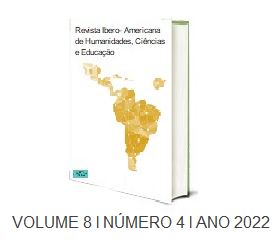ATYPICAL EXECUTIVE MEASURES OF COERTION IN THE EXECUTION FOR THE RIGHT AMOUNT: POSSIBILITIES AND LIMITS OF THE GENERAL POWER OF EXECUTION OF THE JUDGE IN THE LIGHT OF ART. 139, IV OF THE CPC
DOI:
https://doi.org/10.51891/rease.v8i4.5062Keywords:
Civil execution. General enforcement power. Executive means. Atypicality. Legal limits.Abstract
This work deals with the atypical nature of executive media, based on the innovation of item IV of art. 139 of the 2015 Civil Procedure Code (CPC/2015), which authorizes the judge to make use of atypical coercive executive measures in the pecuniary execution without the measure having an express legal provision. The objective of the study is to identify how the judge can use the atypical executive measures of coercion in the execution of a certain amount based on item IV, of art. 139 of CPC/2015, ensuring the provision of executive protection to the creditor without harming the debtor's fundamental rights. The approach method used is the deductive one, having the research basic nature and as a research technique the literature review and document analysis. Recent changes in civil enforcement in Brazil are discussed, especially in direct and indirect enforcement, under the aspects of typicality and atypical nature of executive means, general enforcement power, and principles applicable to enforcement. Afterwards, the possibilities and limits of the judge in the application of atypical coercive measures are analyzed. At the end of the study, it is understood that the State-judge does not have unlimited power to impose atypical coercive measures on the executed, but is subject to constitutional guidelines and procedural legislation, which serve as a basis for establishing the minimum control criteria and the limits of application of the measures in question.
Downloads
Downloads
Published
How to Cite
Issue
Section
Categories
License
Atribuição CC BY

